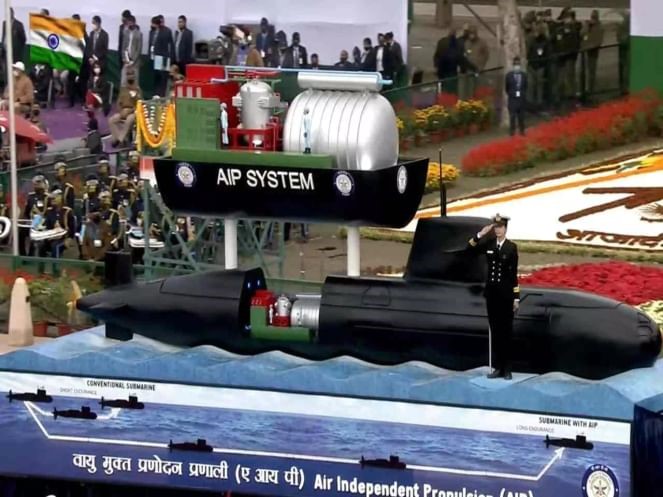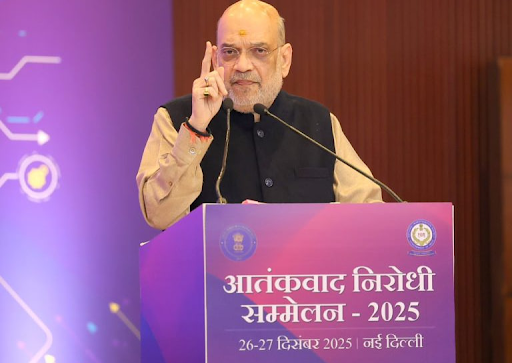Description

Disclaimer: Copyright infringement not intended.
Context: DRDO’s Fuel Cell-based Air Independent Propulsion system to soon be fitted onboard INS Kalvari, significantly enhancing its submerged endurance.
Details:
- An agreement was signed between senior officials of NMRL and Naval Group France in Mumbai to extend cooperation to enter into the detailed design phase for integration of indigenous AIP in the Kalvari class submarines.
- As part of the agreement, Naval Group France will certify the AIP design for integration in the submarines.
Need:
- The AIP has a force multiplier effect on lethality of a diesel electric submarine as it enhances the submerged endurance by several folds.
- It has merits in performance compared to other technologies and is unique as the hydrogen is generated onboard.
- This technology has been successfully developed by NMRL with the support of Indian industry partners.
- The technology has now reached the stage of maturity for industrialisation.

About:
- Air Independent Propulsion or Air Independent Power is any marine propulsion technology that allows non-nuclear submarines to operate without access to atmospheric oxygen.
- An AIP can augment or replace the diesel-electric propulsion system of non-nuclear vessels.
- The DRDO in the year 2019, tested a land-based prototype of an AIP submarine.
- This is considered to give a boost to the DRDO’s plan to build AIP systems for Indian naval submarines.
There are two types of submarines:
- Conventional or Diesel-electric submarine: They need atmospheric oxygen to run the diesel generator which in turn charges the batteries.
- Nuclear Submarine: It is a submarine powered by a nuclear reactor, but not necessarily nuclear-armed. They have considerable performance advantages over conventional submarines.
What is an AIP?
- With the emergence of submarines, there was a problem finding satisfactory forms of propulsion underwater. So, in 1908, the Imperial Russian Navy launched the submarine Pochtovy, which used a gasoline engine fed with compressed air and exhausted underwater. These two approaches, the use of a fuel that provides energy to an open-cycle system, and the provision of oxygen to an aerobic engine in a closed cycle, characterize AIP today.
- AIP is mostly implemented as an auxiliary source, with the traditional diesel engine handling surface propulsion. Most of these systems generate electricity, which in turn drives an electric motor for propulsion or recharges the boat’s batteries.
- AIP allows longer submergence than a conventionally propelled submarine. A typical conventional power plant provides 3 megawatts maximum, and an AIP source around 10 percent of that. A nuclear submarine’s propulsion plant is much greater than 20 megawatts.
.jpeg)
Key features of AIP system:
- It allows the submarines to stay for long hours in water. The submarines need to come to the surface of the water to charge their batteries. This is reduced by AIP System.
- It decreases the noise levels made by the submarines. This makes it hard to detect the submarines.
Types of AIP:
- Open-cycle systems
- Closed-cycle diesel engines
- Closed-cycle steam turbines
- Stirling cycle engines
- Fuel cells: DRDO is using the fuel cells-based AIP System. It is unique as the hydrogen is generated onboard. Fuel cell-based AIP has merits in performance compared to other technologies. The technology has been successfully developed with the support of industry partners L&T and Thermax.
Countries that use AIP:
- Germany – Fuel Cell
- Sweden – Stirling
- Japan – Stirling
- France – MESMA
- Spain – Fuel Cell
- India – Fuel Cell
- Russia – Fuel Cell
- People’s Republic of China – Stirling

https://pib.gov.in/PressReleasePage.aspx?PRID=1893096






.jpeg)




